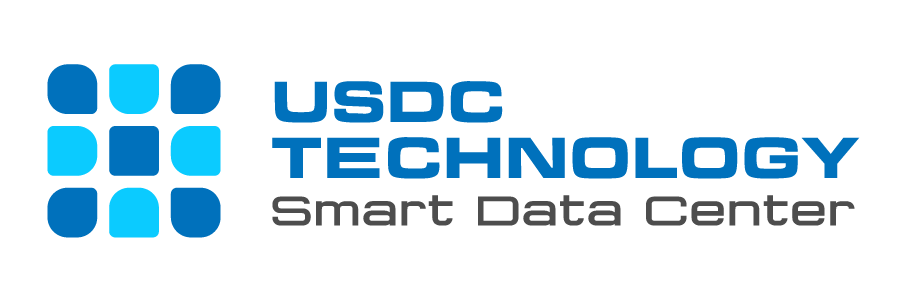As global demand for computing power accelerates, the data center industry is poised for an unprecedented transformation. From 2024 to 2030, leading data center operators are expected to deploy $1.8 trillion in capital to meet the growing need for data processing and storage. This surge reflects the rise of data-intensive technologies, spanning traditional enterprise workloads to generative AI (GenAI) applications. However, alongside this rapid expansion, the industry faces critical challenges that could impede progress.
Unprecedented Growth in Demand
Global demand for data center power is expected to grow at a compound annual growth rate (CAGR) of 16% from 2023 to 2028, reaching an estimated 130 GW. This marks a 33% faster growth rate compared to 2020–2023. While GenAI garners the most attention today, traditional enterprise workloads—such as transaction processing and file storage—remain the majority driver, accounting for 55% of data center power demand in 2028.
Generative AI: The Fastest-Growing Segment
GenAI-related computing is set to be the fastest-growing segment, contributing 60% of total power demand growth by 2028. Foundational model training is projected to grow at a CAGR of 30%, while inferencing workloads—key to generating insights—are expected to skyrocket at 122%. Despite this explosive growth, GenAI will represent only 35% of total data center power demand by 2028, highlighting the continued significance of traditional workloads.
The Hyperscaler Effect
Hyperscalers like Amazon, Microsoft, Meta, and Google are at the forefront of this growth. These players will drive 60% of the industry’s expansion between 2023 and 2028, increasing their share of global data center power demand from 35% to 45%. Meanwhile, enterprise on-premises data centers will decline to just 5% of demand by 2028, reflecting the ongoing migration to cloud and colocation providers.
To accommodate this surge, the average size of data centers is also set to increase—from 40 MW today to 60 MW by 2028—with hyperscaler campuses exceeding 200 MW becoming more common.
Evolving Regional Dynamics
The U.S. currently accounts for 60% of global data center capacity and will remain a dominant player, thanks to reliable energy infrastructure, strong connectivity, and favorable regulations. Globally, Asia and Europe are emerging as growth hubs, driven by:
- Data Localization Laws: Stringent regulations like the EU’s GDPR and Indonesia’s data localization mandates encourage local data center development.
- Abundant Renewable Energy: Regions such as the Nordics offer cost-effective, sustainable energy solutions, making them attractive for data center operators.
- Evolving AI Applications: Reduced latency requirements allow more flexibility in siting data centers in cost-effective regions.
Key Challenges Facing
Despite the promising growth trajectory, data center operators face significant barriers:
- Power Infrastructure Bottlenecks: The gap between the construction timeline of data centers (2–3 years) and the longer time needed for grid upgrades (4–8 years) creates power supply challenges. Collaborative planning and financial partnerships with utilities can mitigate this misalignment.
- Supply Chain Constraints: Procuring critical equipment like backup generators and cooling systems has shifted from months to years due to surging demand. Bulk purchasing, strategic supplier partnerships, and workforce development programs can enhance supply chain resilience.
- Community Concerns: The environmental and resource impact of data centers is increasingly scrutinized.
Strategies for Sustainable Growth
To overcome these challenges, industry stakeholders can adopt the following actionable solutions:
- Collaborate on Power Infrastructure: Work with utilities to plan grid upgrades, develop co-ownership models, and implement financial guarantees to accelerate investments.
- Strengthen Supply Chains: Centralize equipment storage, invest in co-development with suppliers, and expand workforce training initiatives.
- Prioritize Community Engagement: Build transparency with local stakeholders, design fair cost allocation frameworks, and lead sustainability initiatives.
The next decade represents a defining era for the data center industry. By addressing power constraints, enhancing supply chain resilience, and engaging with communities, operators can unlock the full potential of this transformative growth phase. Collaboration between hyperscalers, utilities, governments, and local communities will be critical in navigating challenges and capturing opportunities.
With $1.8 trillion in investments on the horizon, the data center industry is not just building infrastructure—it’s building the backbone of the digital future.
Universal Smart Data Center Technology
For media inquiries or further information, please reach out to us at:
Phone: (+84) 28 73080708
Email: info@usdc.vn


